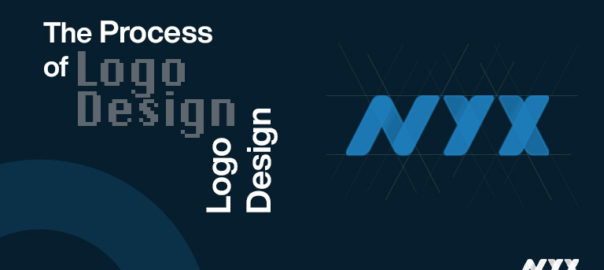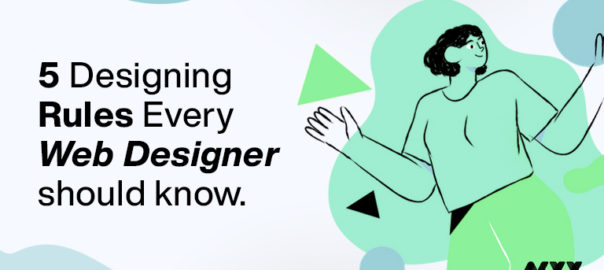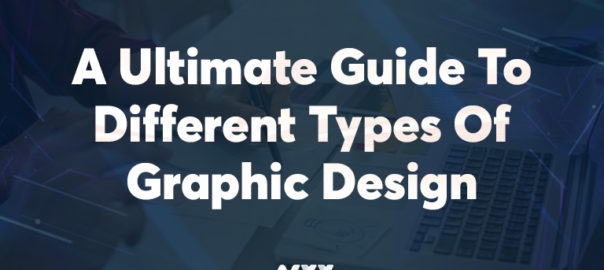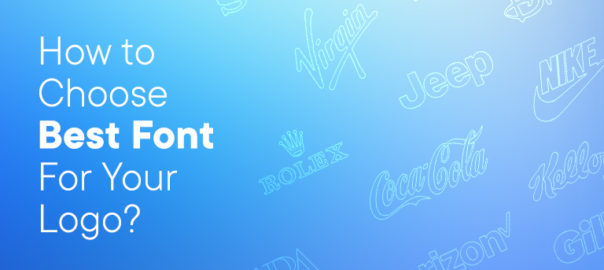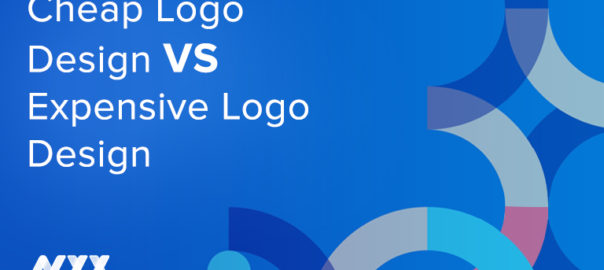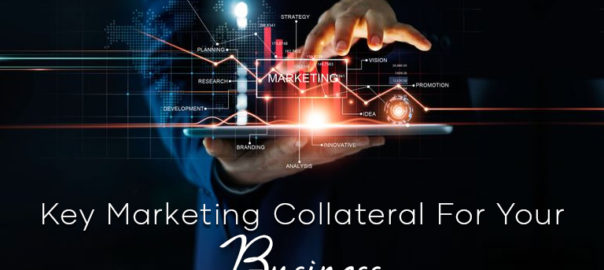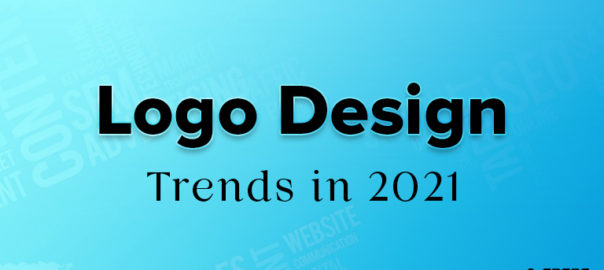Process of designing a logo is an essence of a brand; it conveys its story and becomes a source of visual interaction between a seller and a consumer in the market.
Your company’s logo isn’t your brand, but it is a culmination of the perception, experience, and reputation that align with your business model.
The logo is the building block of branding, and creating a logo must seem like a top priority to a company. Therefore, your extensive-time must go into the research, feedback and testing phase before bringing your logo onboard.
Bear in mind your logo would be a tangible expression of your brand. It will be imprinted on your products, become a highlight of your social media pages, a visual identity of your branded website, and, most importantly, create a place in the customer’s mind.
So, stop undervaluing the significance of the logo; your mind couldn’t be more wrong. Have a look at these principal steps of designing a logo.
The 6 Steps of Designing a Logo That Become an Identity of a Brand
- Summarizing a Brand
Knowing a brand entirely isn’t essential. Rather than that, break down the company’s major services, values, mission and vision into small segments.
Streamline choices, and eventually, you will come up with a creative brief. But make sure this single brief defines the business and isn’t hampering the major goals and objectives of its existence.
You can even align this step with a “questionnaire phase.” Such as, you can ask yourself –
- Who is your target audience? – if your business is particular to certain age groups or gender
- What is the story behind a brand? – the best logo inspiration if the brand has a story
- Who are the top 2 or 3 role models? – if the business was built by someone special.
- What is the key value you wish to express? – if your business serves more value to customers
Put up some basic questions and see how you complete the brand evaluation for the logo building.
- Industry Mapping
The corporate world is highly competitive. Challenges will spike if you are entering into a pre-competitive market.
That’s why industry mapping is worthwhile before you come up with the final design for your logo. Bear in mind your logo must create a strong first impression.
It is only possible if you map out your industry. Explore and bookmark carefully,
- What do all their logos have in common?
- Which brand logo is more popular?
- How can you differentiate from others?
Once you have done a thorough assessment, you can finally come across those final pieces with vast potential to become your brand’s identity.
But make sure don’t forget the industry alignment. For example – you can’t use a fashion theme for a financial business logo, or you can’t use a finance theme for a healthcare logo.
- Evaluating Logo Position
Well, that’s come the main part or what you can call a “bridge” between ultimate designs and inspirations. Not every logo design will work for every brand.
Mainly if you have come up with new packaging, your logo theme may not blend well. So ideally, you should think about a logo that properly fits the product’s aesthetic requirements.
Where you want the logo should be placed and how you want it to be visible. Create a well-defined size of the logo; best if created section-wise and make sure it professionally fits there. While doing it, check on other information as well, which will be shown near the logo.
- Creating a Draft
Remember, we still haven’t come across that final design which will become our brand’s visual identity mark. You have only covered half of the race; the rest still remained. The logo creation process involves multiple twists & turns. Such as, the following steps will be involved here –
- The process will begin by studying design elements, the colours, fonts, design, and theme to be used.
- Keeping the competitor’s logo in mind but not in the heart is a worthwhile consideration.
- Colours must blend perfectly with the images and other illustrations that best define product & service specifications.
Try & test everything that comes to mind and go for the ultimate grading, clarity and adjustments – if required.
- Fine Tune & Gathering Feedback
The logo designing process isn’t over. Gathering feedback is the next fundamental step of logo design. You should ask people for their reviews. It could be a social media group to collect feedback.
Or it can be a community online where you can use your logo to collect people’s reviews on that. You can even launch a voting poll and can ask people –
- Did you like logo A?
- Did you like Logo B?
If you are working for a client, you can simply share two or a few logo designs so that they make a selection and come across the final piece. But it will not stay that simple. Some fine tunes and adjustments may still be required.
- Final Delivery
Once your logo design is finalized, head to the delivery with the proper format and details. Remember, you haven’t created just a single logo but multiple copies of the product. Therefore, the design template for each product’s logo must be clearly pre-defined. If we talk about the deliveries, the best way to send a file to someone is described below –
- Ideally, you should use layered vector files, such as Adobe Illustrator
- You can even use layered PDF/EPS files to make files readily accessible
- High-quality raster files for the web
- PNG files with transparent background
You can export and deliver the work in the following format or as desired by someone from you. Try exporting all high-resolution images, so they look classy and attractive in the real world.
Wrapping up
Developing a ground-breaking design that interacts with the audience takes a pool of thoughts. Logo design can’t be limited to something that’s just as attractive. Your logo should adapt to the product packaging and should be engaging and memorable enough that it gets noticed from far away eyes. And we are hoping this guide might help you create that masterpiece. Contact Us today to know more.
Read more about difference between expensive and cheap logo designing here.


